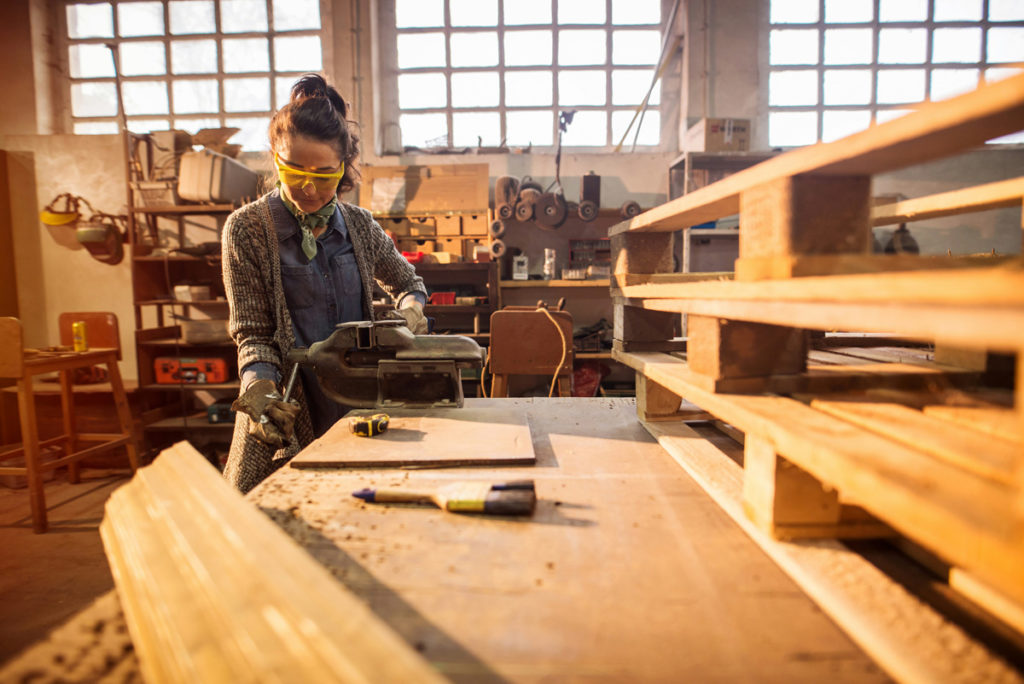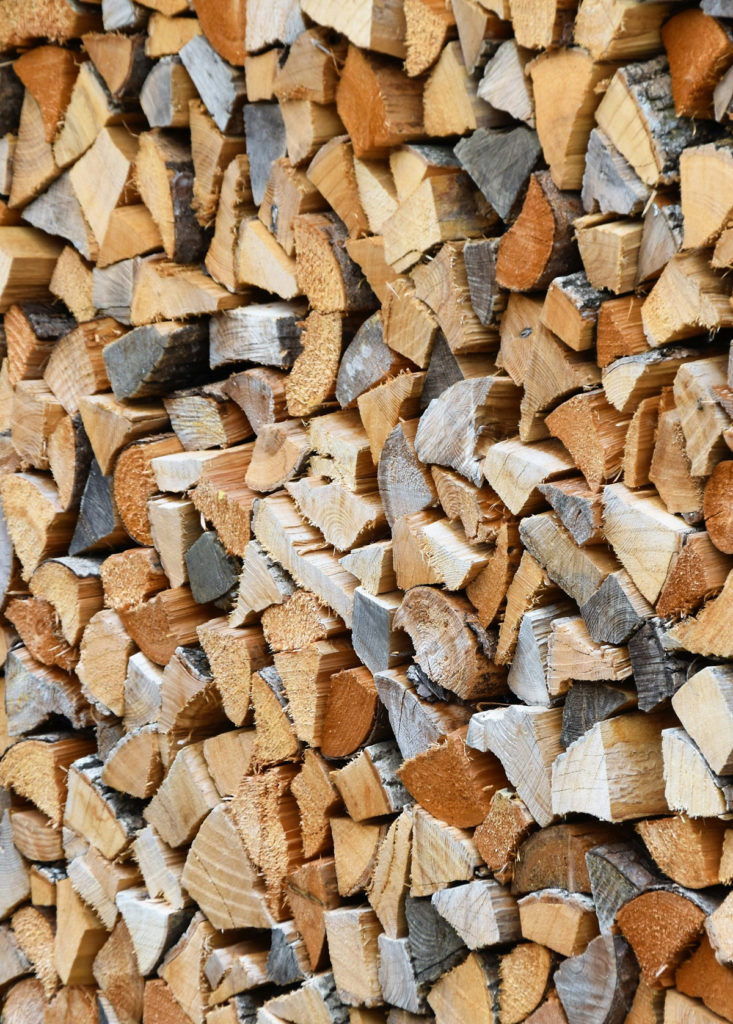
When considering options for wall paneling, homeowners often find themselves choosing between timber and veneers. Both can add elegance and warmth to your home. Still, they come with distinct characteristics, advantages, and disadvantages. By understanding these differences, you can make an informed decision in line with your aesthetic preferences, budget, and maintenance capabilities.
What is Timber?
Timber, or solid wood, is a natural building material derived directly from trees. It is used in construction, furniture, and decorative applications, including wall paneling. Timber panels are cut from the tree trunk and retain their natural grain and texture. Common types of timber used for wall paneling include oak, pine, cedar, and mahogany.
Advantages of Timber
1. Aesthetic Appeal: Timber offers a natural, rich, warm look that is hard to replicate. Each piece has unique grain patterns and colours, providing a distinctive and timeless appeal.
2. Durability: High-quality timber is durable and can last decades with proper care. It is resistant to wear and tear, making it a good long-term investment.
3. Insulation: Timber has excellent insulation properties. Helping to keep your home warm in the winter and cool in the summer.
4. Eco-Friendly: Timber is a renewable resource. It has a lower environmental impact when sourced responsibly than many other building materials.

What are Veneers?
Veneers are thin cuts of wood glued onto a panel made of a less expensive material such as plywood, particleboard, or MDF (medium-density fiberboard). They allow for the appearance of solid wood without the cost or weight.
Advantages of Veneers
1. Cost-Effective: Veneers are generally more affordable than solid wood. They allow you to achieve the look of expensive wood types without the associated costs.
2. Versatility: Veneers can be applied to various surfaces and used to create a wide range of finishes and patterns. Compared to solid timber, they allow for more design flexibility.
3. Stability: Veneered panels are less likely to warp or crack than solid wood because the core materials are more stable.
4. Sustainability: Veneers efficiently use wood resources since thin slices can cover larger areas than solid wood. This can reduce the overall environmental impact.
Making the Choice: Timber or Veneers?
When deciding between timber and veneers for wall paneling, consider the following factors:
1. Budget:
Timber might be the right choice if you have a higher budget and want a luxurious, long-lasting material. Veneers are a great alternative for those looking for a more affordable option that still offers the look of wood.
2. Aesthetic Preferences:
Timber offers a more authentic and unique appearance with natural grain patterns. Veneers, however, provide more design flexibility and can take on the look of various wood types and finishes.
3. Maintenance Commitment:
Timber requires more regular maintenance to protect it from damage and keep it looking its best. Veneers require less upkeep but are harder to repair if damaged.
4. Environmental Considerations:
Timber and veneers can be environmentally friendly if responsibly sourced. Timber is a natural, renewable resource, while veneers efficiently use wood by covering larger areas with less material.
5. Longevity:
Timber is typically more durable and long-lasting, making it a better choice for areas with high traffic or where durability is essential. Veneers are suitable for less demanding applications or where the look of wood is desired without the cost.
Wall Paneling Materials: Summary
Both timber and veneers have their unique advantages and disadvantages when it comes to wall paneling. Timber offers a timeless, durable, and authentic look but comes with a higher cost and maintenance requirements. Veneers, on the other hand, provide a cost-effective, versatile, and stable alternative with a wide range of design possibilities.
Whether you choose the natural charm of timber or the versatile appeal of veneers, both options can transform your walls and elevate the aesthetic of your home.










